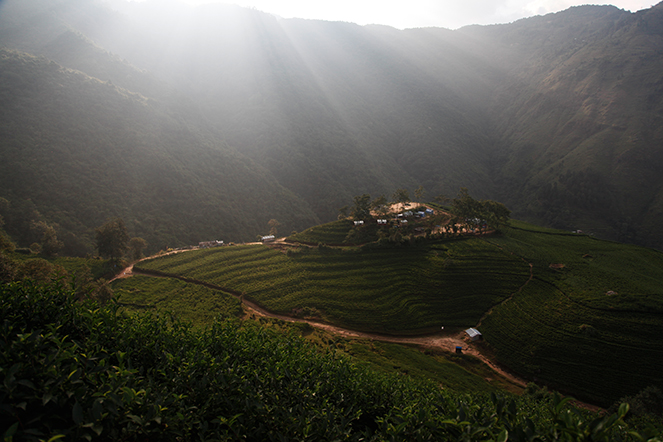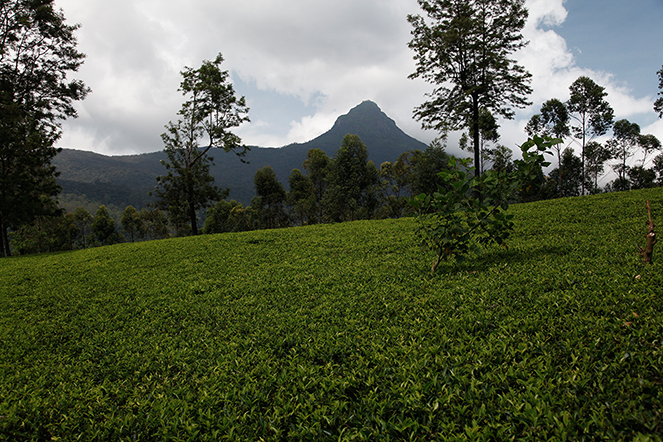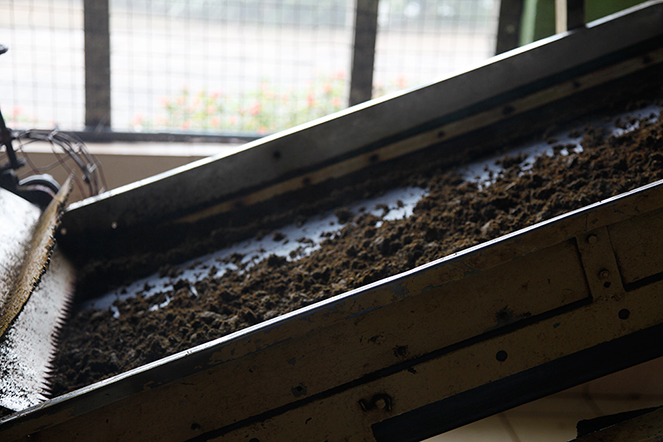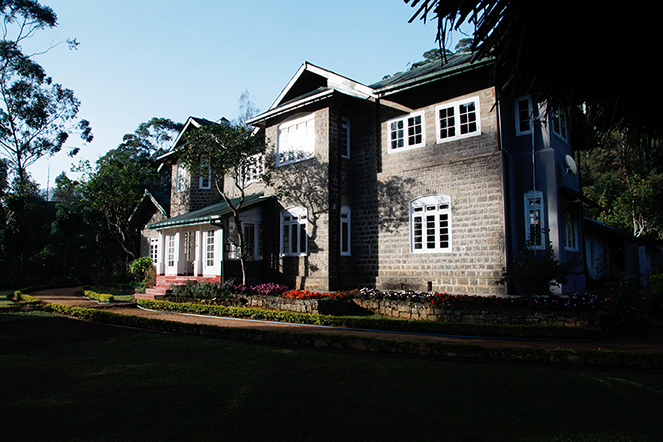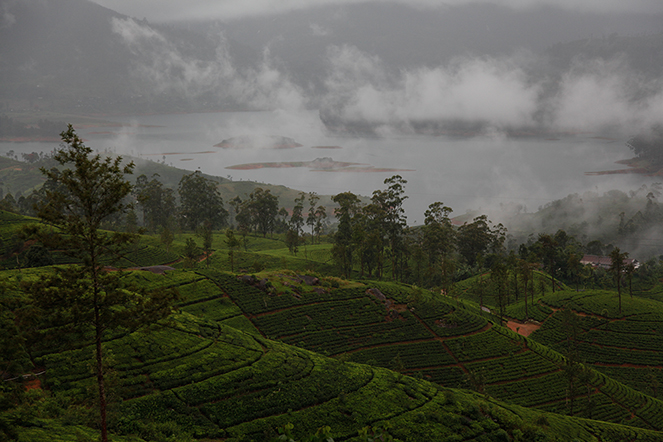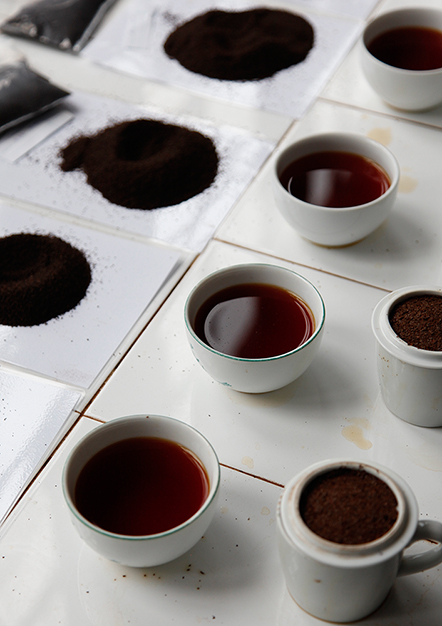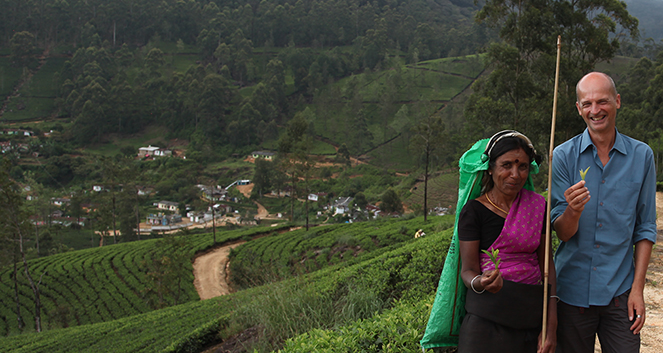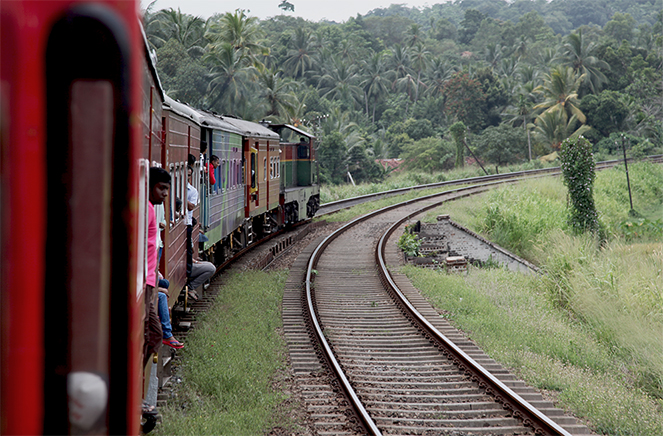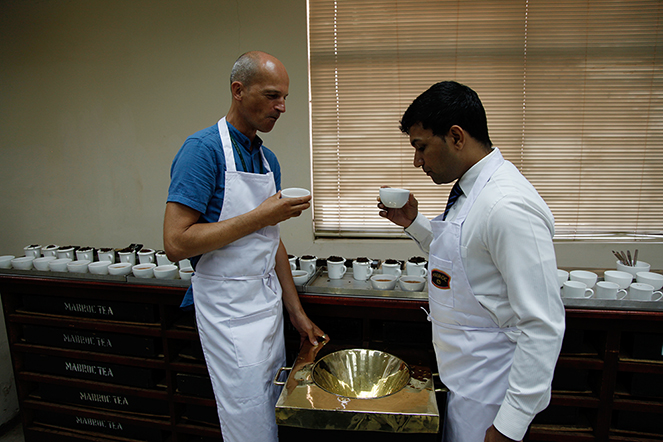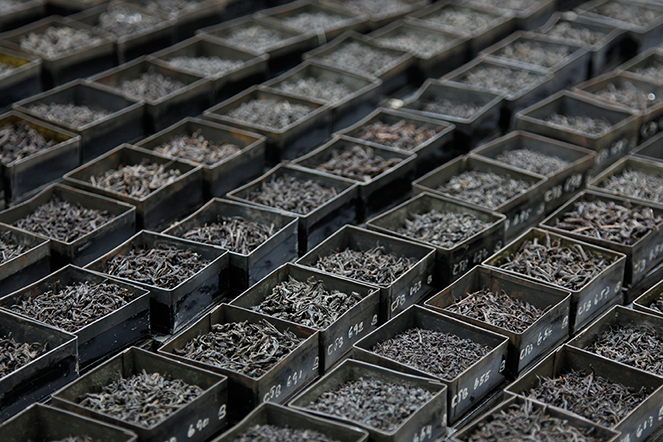A few days ago I was lucky enough to meet the monk, Matthieu Ricard. It was a joy to listen to him speak. When you hear him, you feel light. You tell yourself that happiness is our responsibility. The happiness of others, first (ours comes indirectly, like the cherry on the cake). A few days later, I was in Nepal. I was helping a planter friend who is starting a great project, taking over an abandoned tea plantation between Kathmandu and Tibet. After walking for several hours between tea plants that were often taller than us, we sat down to catch our breath. We turned around to admire the view, and luckily just at that moment the sunlight pierced through. A light unlike any other. Something very beautiful, a halo of light that caressed the tea plants.
I thought about that fine English word, “enlightened”, I thought again of Matthieu Ricard, and I thought about the beauty of our planet, of course. As we sat there, my friend and I marvelled at it. It illuminated us. But why is it so difficult for so many people to feel this beauty? Why don’t they see it? Why do men keep trying to destroy our poor planet, day after day, throughout our lives? Why do they bring in their tarmac, plastic and bulldozers, their manic industrialisation and advertising hoardings, their deforestation and frenzied consumption, to lay waste to this Earth? For whose selfish happiness? And where is the Other? Who is thinking of our future generations?

